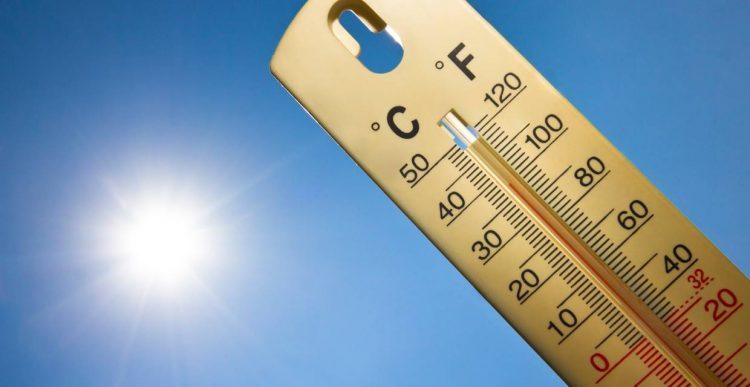
Whether it’s the summertime or winter, there are always ways to save on your utility bills. But given the scorching temperatures that are taking place right now, we decided it would be best to focus on warm weather areas. If we don’t pay attention to what we’re doing energy bills can run up quite quickly. In fact, something as small as leaving your thermostat at a particular temperature can be the difference in hundreds of dollars in your monthly cost. But it’s not just air conditioning that gets you in summertime. It’s plenty of other factors that can also contribute.
What are some easy actions homeowners can take to stay cool for the rest of the summer?
Replace your furnace filters every 6 months
Be sure to inspect and replace the filters in your furnace on a regular basis – at least every six months. Otherwise, clogged filters will result in a lower heat exchange rate. A lower rate means more energy will be used to maintain the same temperatures and more energy means more money towards your energy bill. This is easy to forget, but easy to do as well.
Check Energy Star Ratings
Products with an EnergyStar mark are the most energy efficient and will save you a considerable amount of money in energy costs compared to standard models. So make sure all of your appliances bear the mark to ensure you don’t miss out on easy savings.
Out of date building systems
Making sure your building or home’s energy and temperature systems are up to date is crucial to being able to accurately and efficiently maintain your energy consumption. Newer systems provide ever increasing amounts of information allowing you to maximize your energy usage and minimize your monthly costs.
Ensure you are on best possible rate from you utility for electricity and natural gas, or alternative supplier if you able to. Energy prices fluctuate with weather, so best time to lock in the rates for the winter is while it still warm out.
What are some things homeowners are doing incorrectly/forgetting?
Not unplugging all electronics
It is a good habit to switch off your electronic devices like TVs, monitors, printers, etc. when not in use. But just turning these gadgets off does not mean that they are not still using energy. These electronics continue to suck power from your outlets when they are off in the form of ‘standby power’, which allows the device to power up again quickly when you decide to turn it back on. According to PCWorld, this power waste can cost you up to $130 a year. Always unplug electronic appliances when not in use to avoid this hidden energy consumption.
Not utilizing individual metering
If you live in a multi-purpose building or complex, make sure your energy provider has installed an individualized meter for your space. Submetering allows your energy provider to monitor your energy usage apart from the other buildings in the same area. This way you will only have to pay for your own energy usage.
Not participating in energy audits
Regularly auditing your energy usage will uncover additional ways to save and ensure that your energy improvements are maintained throughout the year. You can find a certified auditor to perform an inspection or you can do it yourself by finding a checklist online.
Not taking advantage of deregulation
Energy deregulation allows consumers to choose a different supplier for your energy needs. This lets you lock in your monthly rate for 1-3 years on a plan that has been individualized to your needs, all while receiving the same energy and services of your current utility.
What are some free ways to save money on summer energy costs?
Make sure you’re paying the lowest rate
Make a point to call your energy provider and ask if you are eligible for promotions or discounts for energy efficiency every six months or so. Make sure you understand the energy rate that you are paying. Electricity rates will usually appear on your bill in dollar per kilowatt-hour (or $/kwh), and natural gas will be priced in dollar per therm. If you or your business is in one of 17 states where utilities have been deregulated, check the rates with independent suppliers for additional savings.
Keep exterior doors closed/Insulate
Are there spots in your house, usually windows or doors, where cold air gets in? Consider insulating those areas or even just taping over them. Are there rooms that you are never using? Close the heater register there, no real reason to heat them.
Are there any other smart alternatives?
Use a programmable thermostat
Newer thermostats allow greater flexibility to program and regulate your energy usage. By adjusting your temperature settings seasonally for occupied and unoccupied periods, you can maximize your energy usage leading to serious energy cost savings.
Switch out incandescent bulbs with LED bulbs
When LED bulbs first appeared, they were significantly more expensive than a standard incandescent bulb – sometimes even costing up to $100 per bulb! But now, most LED bulbs cost less than $10 and studies have shown that LED bulbs are up to 10 times more energy efficient and last up to 50 times longer than the incandescent bulbs. Put simply, if you would rather pay $32 a year to power your lights than $201 a year, switch to LED light bulbs immediately.


Comments
Loading…